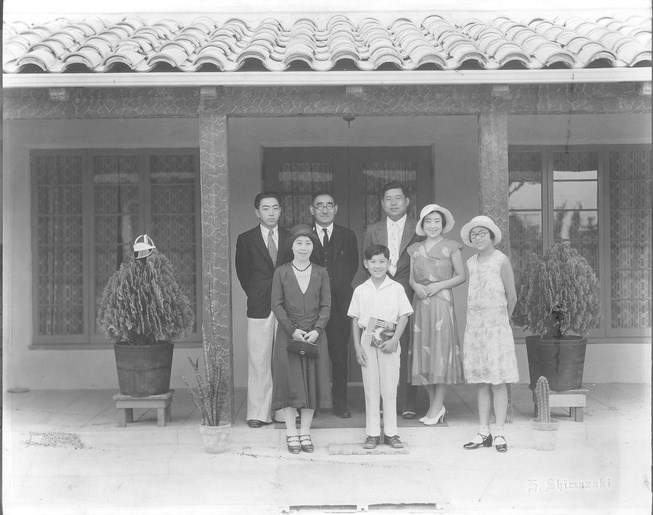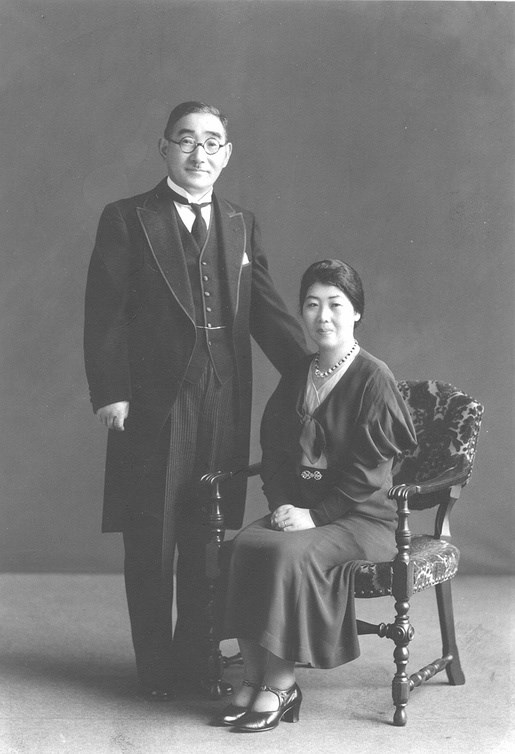Last updated: August 19, 2025
Article
The Wada Family

Courtesy of Mitch Homma
Life Before the War
Reverend Masahiko Wada and his daughter, Mutsu, moved to the United States from Japan in 1928 to serve as missionaries. They were sponsored by the church, which allowed them to bypass the Asian Exclusion Act. His wife Kuni Wada and the rest of the children, Michihiko (Mike), Midori, and Yasushi, joined them in the United States in 1931. Before moving to the United States, Reverand Wada served as an overseas missionary in Japan-occupied Manchuria, Korea, and Russia. Reverend and Mrs. Wada both came from samurai families in Japan, the highest class of family after the family of the emperor. Once in the US, Reverend Wada served as the director of the Christian Japanese Church Federation of Southern California. Kuni Wada was trained as a nurse and teacher and could speak and write in Japanese, English, German, and French. She taught at several Japanese language schools and churches in California.
Courtesy of Mitch Homma
Forced Removal and Life at Amache
After the attack on Pearl Harbor, the FBI arrested both Reverend Wada and Mrs. Wada. Reverend Wada was sent to detention centers in Tuna Canyon, California, Santa Fe, New Mexico, Lordsburg, New Mexico, and Crystal City, Texas. Mrs. Wada was sent to a women’s detention facility in Seagoville, Texas. The US government had planned to send them both back to Japan in a prisoner exchange, but the American Baptist Church intervened.Before to his parents’ arrest, the eldest son Mike had been living in New York and working as an aerospace engineer. After their arrest, he returned to the exclusion zone to help the rest of the family. He returned despite knowing he would be forced into an incarceration center.Eventually, the family reunited at Amache. Mutsu was already at there with her husband and children. Reverend Wada became a Baptist pastor for the Granada Federated Church in Block 7-H. Reverend Wada was also part of a memorial committee that designed a three-piece memorial in the Amache cemetery when the site closed. Mike and Midori worked at the Silk Screen Shop.
